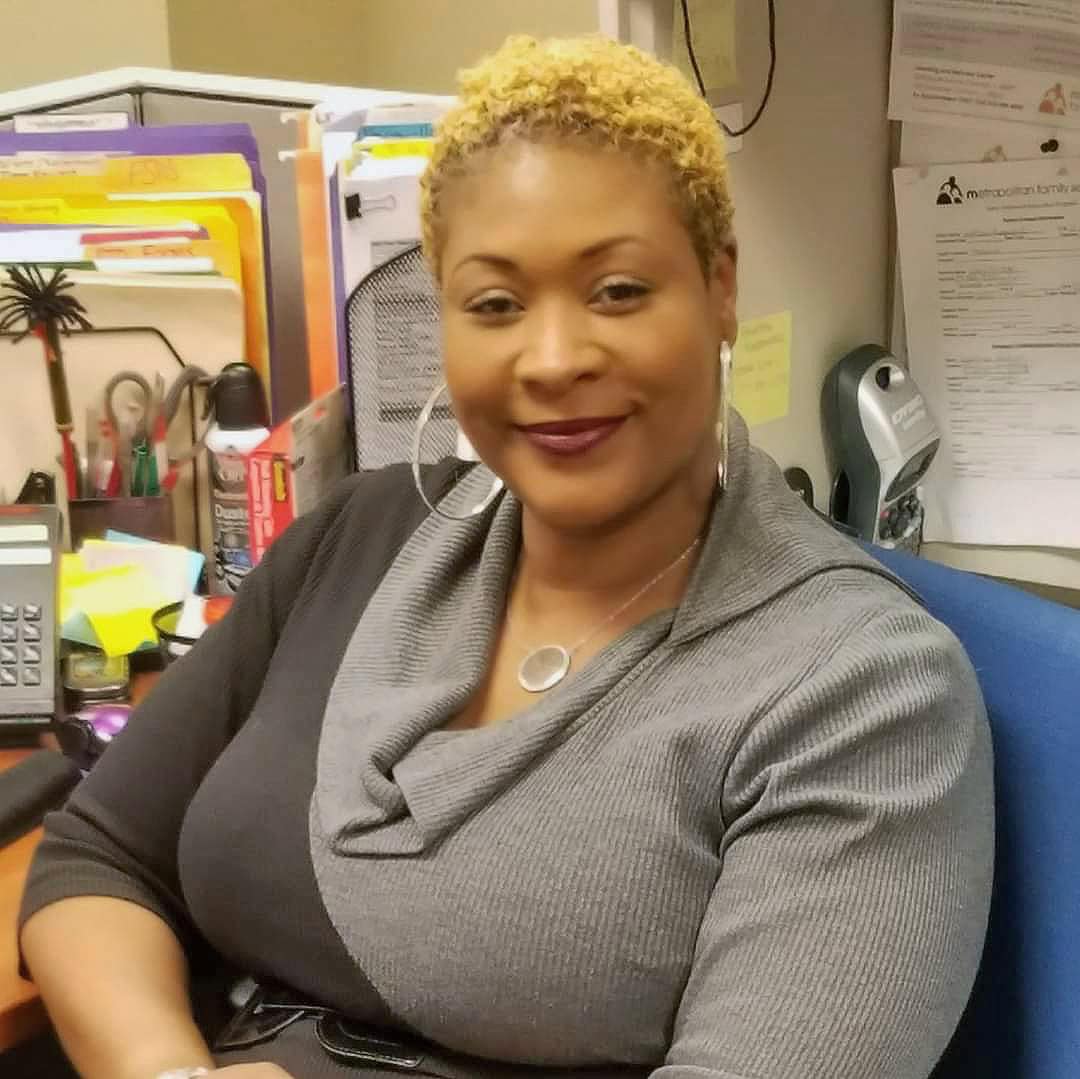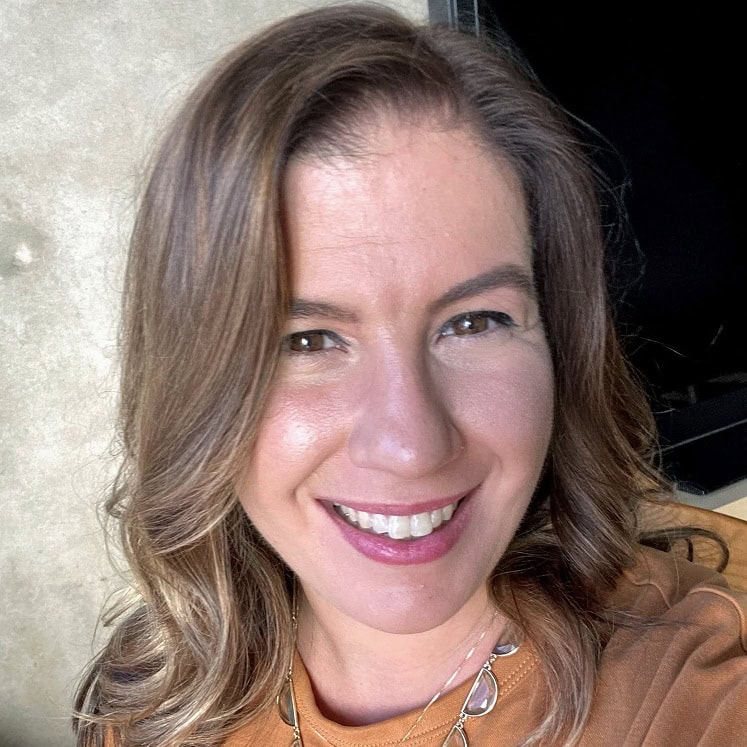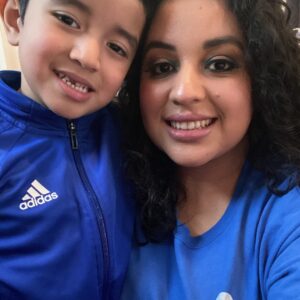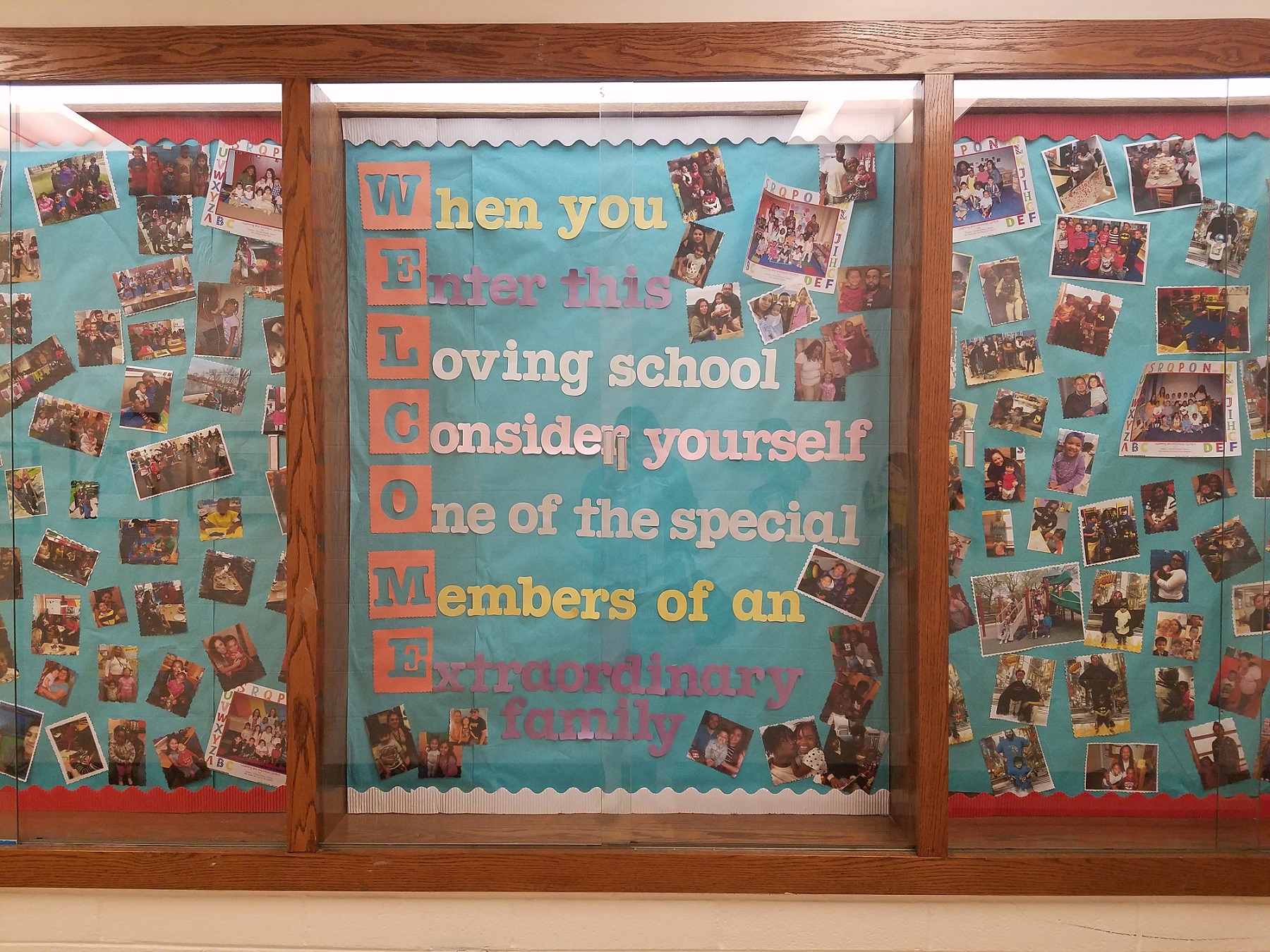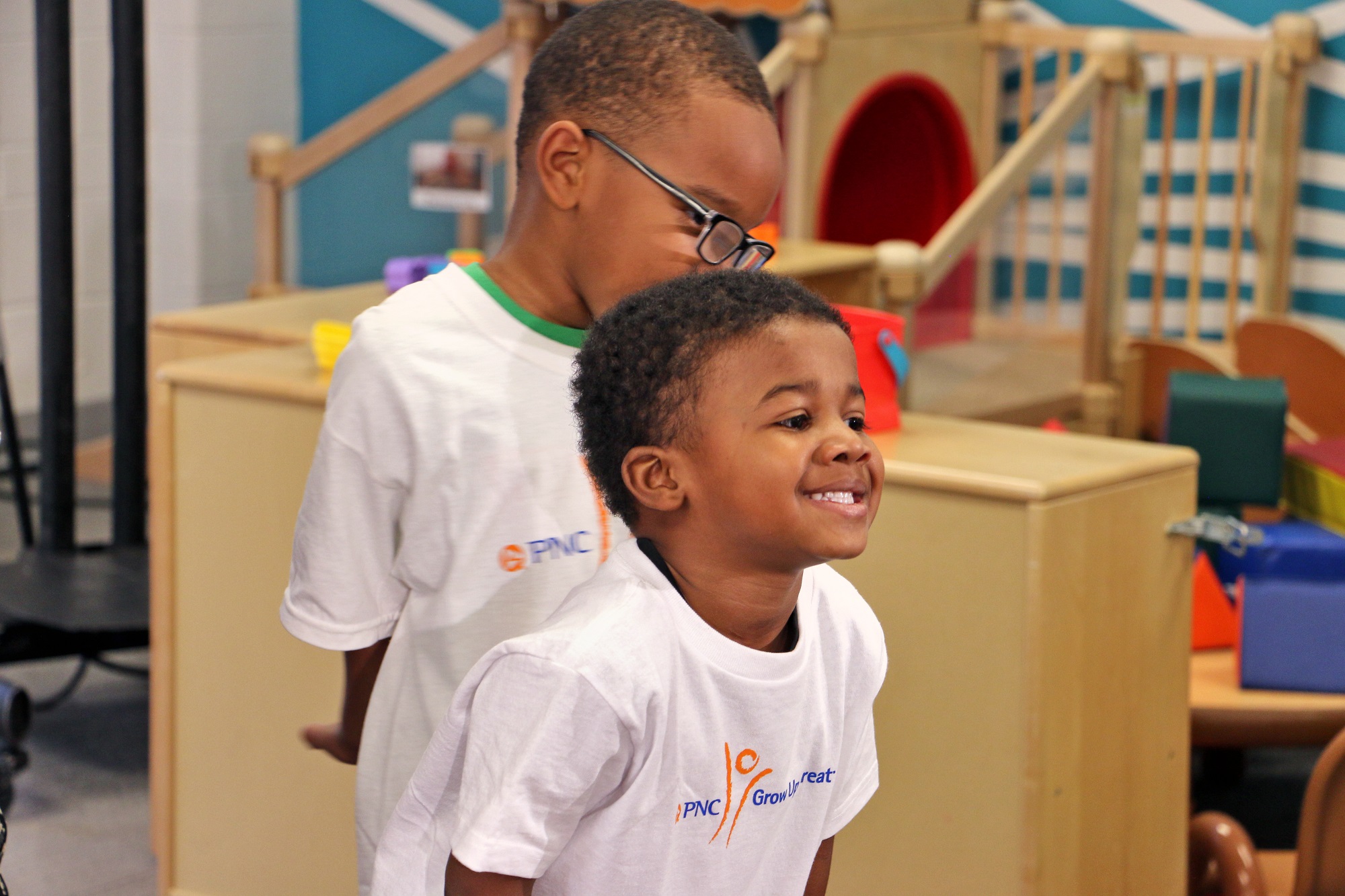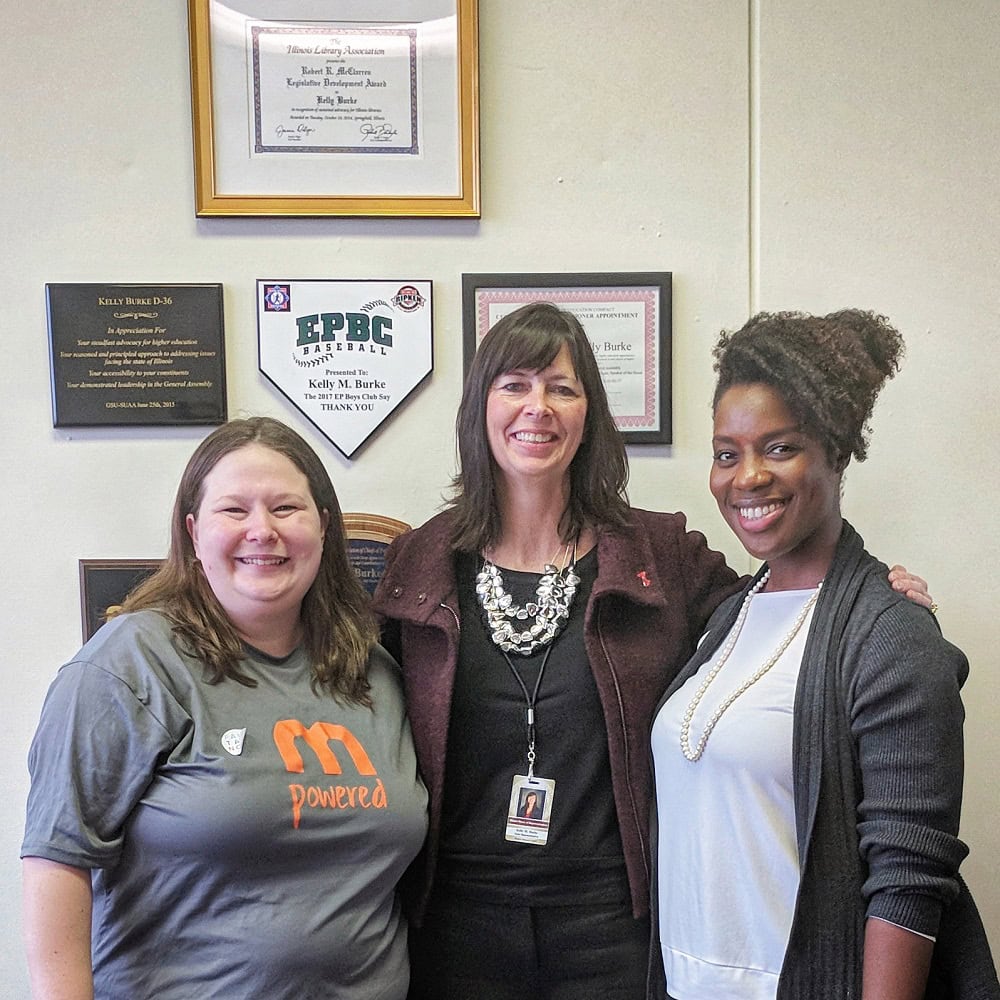
JESSICA-ROSE WALLACE
October 10, 2020
JESSICA-ROSE WALLACE
October 10, 2020RHONDA FREEMAN
MARIE LAMONICA
One thing that does not change is the way the early learning staff adapt to meet the needs of children and families in any situation, even a global pandemic.
“When we do the work we do, we empower our families and respect them as their children’s first teachers,” shares Rhonda Freeman, Early Learning Manager. “We’re the second teachers. We respect their values, and incorporate their family values into our early learning principles.”
Because every parent is in a different place in their lives, every parent has different goals, whether that’s housing, food and supplies, or how they engaged with virtual learning. “We help families articulate what those goals are and provide them with supports and resources to help them get there," Rhonda says.
If a family was not able to prioritize their virtual learning, if they were relying on food boxes or financial assistance, if they found regular wellness check-ins most helpful, Marie and Rhonda gave their staff the autonomy to individualize what that support looked like.
Marie, Rhonda, and the rest of the Early Learning Administrative Team gave their staff the autonomy to individualize what family support looked like based on family need. Marie shares, “If a family was not able to prioritize their virtual interactions, but they were relying on food boxes or financial assistance, that was how we engaged with them. If the family was requesting more regular wellness check-ins, materials, or additional activities, that is what we provided.”
For funders and other stakeholders, our strength was in how we documented which services families were requesting and engaging in, then tracking that evolution month to month. For staff, training around learning new technology helped equip them to best support their families; the shift to virtual interaction was new for everyone, and that knowledge has been a strength throughout e-learning and as we incorporate virtual options for learning moving forward.
They also give their staff as much support and transparency as possible in preparing to re-open the childcare centers.
“We’re operating in a completely different way than we have before – what does that brand new framework look like?”
For one, it means encouraging physical distancing: no hugs, high fives, or snuggles with their kids, while also emphasizing creative ways to build social connection without children being in close physical proximity. Re-arranging classroom environments and shifting the way we engage children in activities was a huge part of teacher preparation for re-opening.
As they prepare for new children in the new program year, our staff are still adapting, but they’re working diligently to develop a framework that incorporates the strengths of their teachers and the needs of the families.

